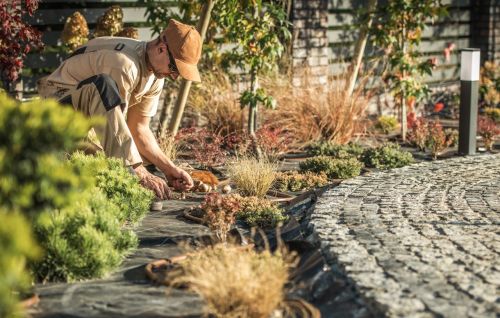The jasmine flower has long been cherished for its elegant appearance and enchanting fragrance. Thriving in various climates and available in bush or climbing forms, jasmine is widely used in landscaping, aromatherapy, tea production, and even cultural rituals. In this guide, we’ll explore the most popular jasmine flower varieties, their features, care tips, and symbolic meanings.
rn
rnrn
Jasmine belongs to the Oleaceae (Olive) family and includes many species with fragrant flowers. Originally native to Asia and the Middle East, jasmine is now cultivated around the world for its ornamental and aromatic properties.
rnrn
Blooming period: Late spring to mid-summer
rnGrowth form: Shrub or climbing vine
rnUses: Landscaping, tea production, perfumery, home decoration
rnrnrn
rnrn
There are over 200 species of jasmine around the world, but some jasmine flower varieties are especially popular due to their fragrance, color, and visual appeal:
rnrn
rnrn
Features: One of the most common and fragrant jasmine species, with small white flowers.
rnGrowing conditions: Prefers sunny spots and well-drained soil. Hardy in temperate climates.
rnUses: Jasmine tea, essential oils, cosmetics, and ornamental gardens.
rnrnrn
rnrn
Features: Small white flowers that bloom at night with a strong, sweet scent.
rnGrowing conditions: Prefers tropical climates; sensitive to frost.
rnCultural significance: Used in religious ceremonies, weddings, and hair decorations in many cultures.
rnrnrn
rnrn
Features: Glossy leaves and waxy white star-shaped flowers; a climbing plant.
rnGrowing conditions: Thrives in warm, humid environments; can be grown indoors.
rnDecorative use: Popular in bridal bouquets and wedding decor.
rnrnrn
rnrn
Note: Not a true jasmine, but often called one due to its appearance and growth pattern.
rnFeatures: Light blue flowers that bloom abundantly.
rnGrowing conditions: Loves full sun; fast-growing.
rnUse in design: Great for cascading over walls or balcony planters.
rnrnrn
rnrn
Features: Rare species with pinkish-purple flowers.
rnGrowing conditions: Prefers partial shade and mild climates.
rnLandscaping use: Perfect for colorful and themed gardens.
rnrnrn
rnrn
Features: Blooms from late winter to early spring; pink buds open to white, intensely fragrant flowers.
rnGrowing conditions: Can grow indoors or outdoors in shaded areas.
rnDecor use: Ideal for indoor pots and small garden trellises.
rnrnrn
rnrn
Jasmine has different symbolic meanings across cultures. Common associations include:
rnrn
Love and elegance
rnPurity and innocence
rnSpiritual devotion and loyalty
rnHealing and tranquility
rnrnrn
Arabian jasmine flower and white jasmine flower are often associated with romance, peace, and harmony, while other colors can represent new beginnings or personal growth.
rnrn
rnrn
Most jasmine flower varieties are relatively low-maintenance, but proper care ensures lush growth and continuous blooms.
rnrn
rnrn
Prefers full sun to partial shade.
rnIndoors, place near a bright but indirect light source.
rnrnrn
rnrn
Keep the soil moist, but avoid waterlogging.
rnReduce watering during dormancy in winter.
rnrnrn
rnrn
Prune in early spring to shape the plant and promote flowering.
rnClimbing varieties like jasmine vines can be trained with support structures.
rnrnrn
rnrn
Choose slightly acidic, humus-rich, well-drained soil.
rnRepot every 2–3 years for optimal growth.
rnrnrn
rnrn
Jasmine isn’t just beautiful—it’s useful in many ways. Here are some of its most common uses:
rnrn
Perfumery and aromatherapy: Especially popular for fragrant jasmine flowers.
rnTea and beverages: White jasmine tea is widely consumed in many cultures.
rnLandscaping: Jasmine vines work well on trellises and pergolas; bush varieties suit borders.
rnIndoor decoration: Potted jasmine enhances both scent and aesthetics.
rnCeremonial use: Featured in wedding decor, religious offerings, and cultural rituals.
rnrnrn
rnrn
With its rich variety, symbolic meanings, and captivating fragrance, the jasmine flower is a timeless favorite for gardens, balconies, and interior spaces. Whether you’re growing a blue jasmine flower, Arabian jasmine flower, Madagascar jasmine flower, or any other type, this plant will bring natural beauty and serenity to your environment.
rnrn
For expert guidance on the best jasmine flower varieties for your space and how to care for them, Cem Botanik is here to help you grow and bloom with nature.
rn




